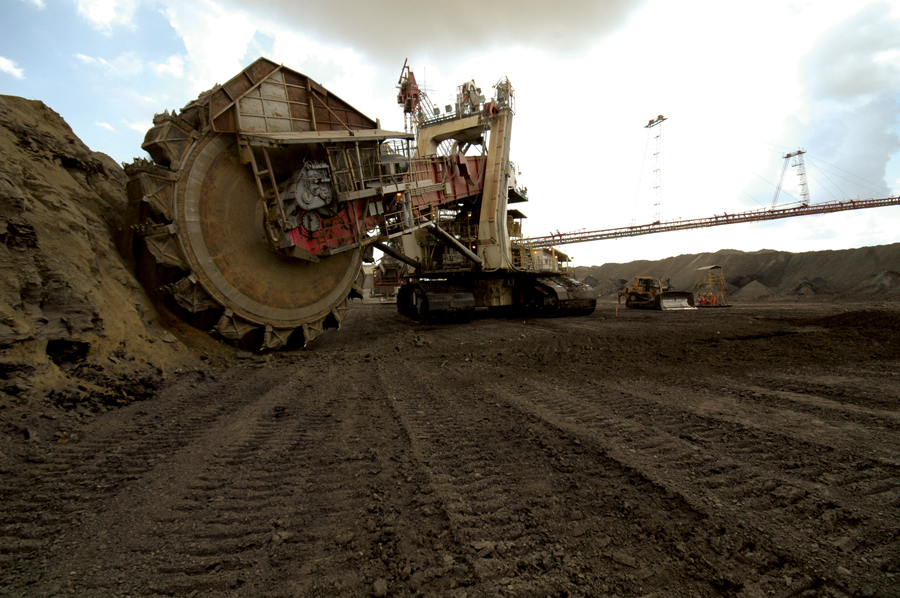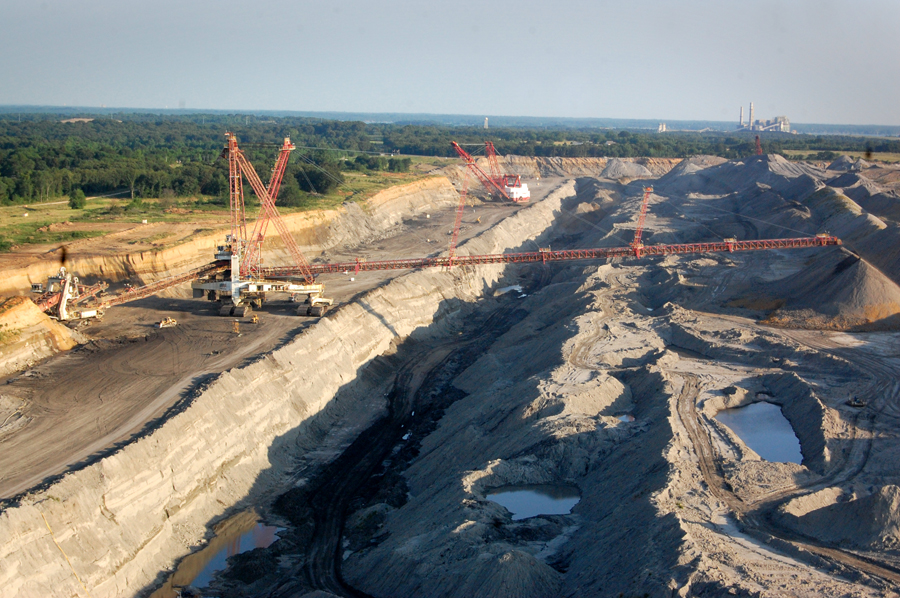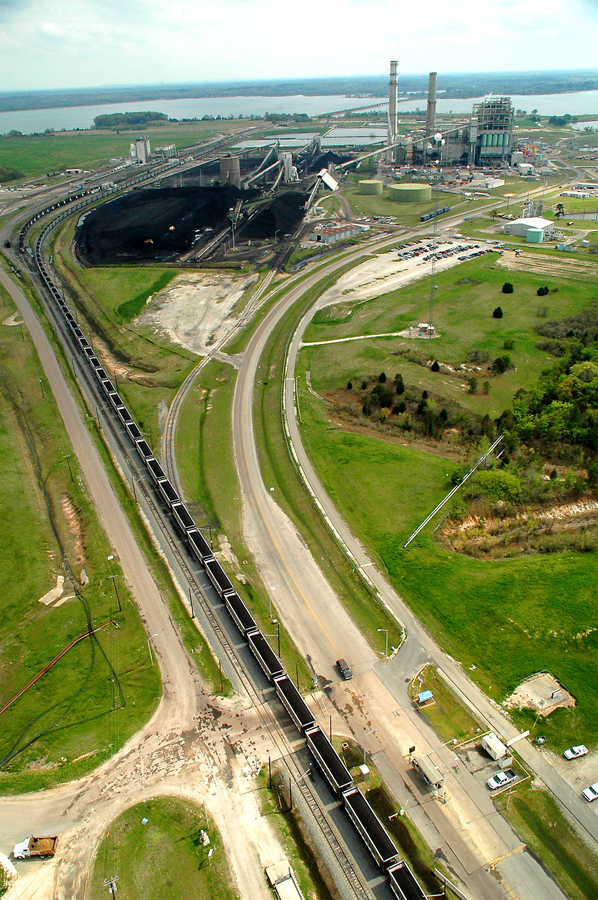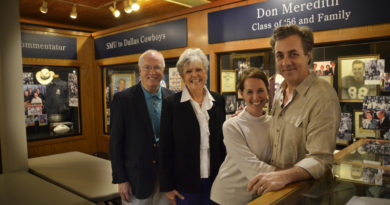Turn out the lights, the mining’s over
Reprinted from January 2018 East Texas Journal
MONTICELLO, TX – Okay, show’s over. Dallas-based Luminant’s turned out the lights on the plant that ate a ton of coal every three seconds for 30-odd years, generated 40 percent of the Titus County property tax base for a generation and brought more than 1,200 union-scale jobs to town.
Left behind is Lake Bob Sandlin, the water supply of Mt. Pleasant’s dreams during previous years of summer drought `and water rationing.

It all happened because of Federal policy emerging from the 70’s Energy Crisis shifting generating fuels from fading natural gas reserves to the wealth of Texas lignite seams.
“Buy your house for location and your drapes at Sears,” Lonnie Smith was told when he hired on with Texas Utilities.
“There were three new Texas mines and we expected to move around a lot,” Mr. Smith said. “The speed of it was driven by the intent to be the first. You wanted a house you could sell and you didn’t want to buy anything you couldn’t leave behind.”

A civil engineer, Mr. Smith was one of an army of miners recruited the meet the ambition of a generating company rising to supply a third of the Texas demand for power when he arrived to stay in 1992.
His first Titus County tenure was a ten-month hitch in March, 1974 when the first dragline began digging. The surface-mine operation moved enough dirt to dig a new Panama Canal across Central America every year and delivered 12 million tons of coal firing 1,900 megawatts of generating capacity at the Monticello Steam Electric Station. At the turn of the 21st century, Monticello was among the top performing plants in Texas. With a summer that twice broke all-time Texas demand for air conditioning in August, Monticello set 13-year highs for generation.

A century earlier, a German baker in Mt. Pleasant was among the first to believe in the potential of local coal. In 1907, the Star Bakery was producing 2,500 loaves of bread a day and L.G. Meier had a second bakery in Commerce. In a letter written to Indiana relatives, he told of plans to sell both bakeries to finance a coal mining operation.
In November, 1908, B.W. Keith traded all mineral rights to a 180-acre-tract near Cookville to Mr. Meier and a partner named J.M. Burwell.
Born in 1907, in a 1999 interview Frank Cox remembered Sam Butterfield as the ramrod driving operations at the Libby Brick and Coal Company, “miners of Nodena lignite and manufacturers of Libby Brick.
“They used the coal to fire the kiln that made the brick,” Mr. Cox said.
Coming from Mexico, Hielo Garcia arrived at the Nodena mine in 1915.

“We didn’t stay long before we moved to Winfield where there was better coal,” said his son, Joe Garcia.
Winfield became a mining hub. Over the next 20 years, companies including the Steve Mine, the Jurnigan Mine and the Winfield Lignite Company came and went, men working beneath the earth, scarcely disturbing farmland above.
Digging pits as deep as 120 feet, the surface mining that began in 1974 moved across most of 30,000 acres, 11 percent of the Titus County land mass.
Reclamation practices developed on a scale never seen before in Texas shaped those subsequently written as regulatory requirements by the Texas Railroad Commission.

Before the beginning of the Monticello mines, a third of the combined permit areas met criteria established by the Natural Resource Conservation Service (NRCS) for prime farmland. In post-mined areas, the company has left behind 68 percent prime farmland, said John “Doc” Denman, who presided for 30 years over day-to-day reclamation work. Besides meadows and farmland, they planted thousands of acres of pine plantations and sculpted wetlands through creek bottoms providing wildlife habitat and filtering the tributaries channeling water through the Cypress watershed.
“Our reclamation plans were included in mining permit applications going back to the 1980’s,” Mr. Denman said. A decade before that, anticipating reclamation work on an unprecedented scale the company designed and funded a university-driven environmental research program.

“To assure the integrity of science-based reclamation plans, from the beginning we delegated total authority for selecting proposed studies to an independent board of university department heads from across Texas,” Mr. Denman said.
Texas Utilities, the company that became TXU became Luminant, the company that went belly up and closed Monticello as part of a restructuring plan triggered by new discoveries of natural gas that have driven down generating prices and changed national policy from coal back to gas generating.

Mr. Meier, the baker who began the mine near Cookville, surfaced one more time in family records. By 1918 he’d abandoned mining and was building another bakery in Mt. Pleasant.
Sam Butterfield, the miner Mr. Cox remembered at the Libby Mine near Cookville, moved to Winfield where he and his son died in a mining cave-in 40 feet underground said the September 16, 1927 edition of the Mt. Vernon Optic Herald.





